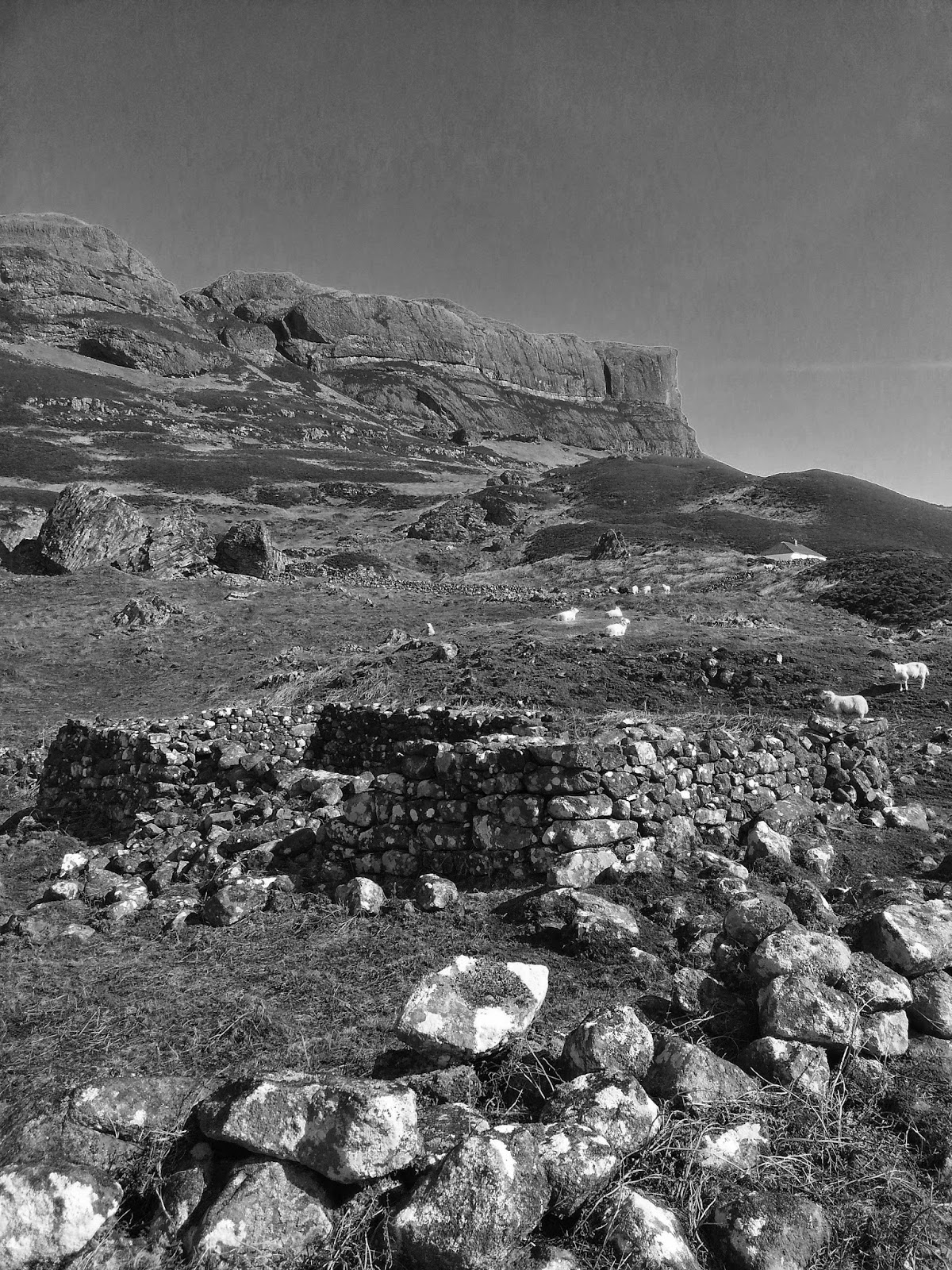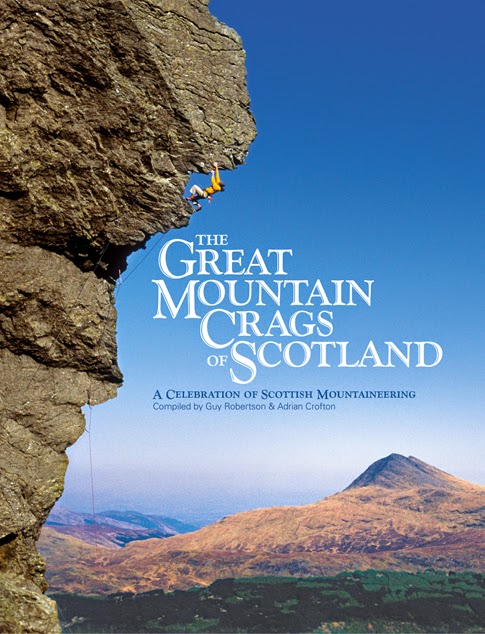Dumbarton Rock Update
It seems there has been some confusion and misinformation about cleaning of the boulders/crag at Dumbarton. Currently, the issue is in the hands of the MCoS, Historic Scotland and SNH, so please check for official statements on the MCoS website, the most recent of which is here >>> official news.
Whilst we may all have different views on how best to manage visual pollution such as graffiti - some would like to see it go, some feel it is part of the urban character of the place - the best we can do is represent our feelings on climbing heritage to the MCoS as our official access representative.
My own personal statement in defence of climbing here remains:
1. We LIKE the place and USE it a lot, in all seasons, so naturally want to see a balance between conservation and the rights of our climbing heritage.
2. We clean the place up independently every year and ought to be recognised, or at least consulted, when decisions are being made on 'cleaning' the rock, which, from our point of view, is a delicate topic - we treat the rock much more precisely than anyone e.g. sandblasting and/or chemical treatment could damage the rock and radically change the nature of many climbs.
3. This heritage is not notional - climbers have brought decades of sport, social inclusion and personal development on a uniquely independent scale to Dumbarton and its population. Many people, young and old, have enjoyed the mental and physical benefits of rock-climbing at Dumbarton Rock. We also might cite the achievements of Dave MacLeod who began his career here - arguably the world's best all-round climber.
4. Climbers are generally active conservationists and have the venue's long-term future at heart. If visual pollution by chalk is deemed a problem, we can change to eco-chalk, liquid chalk on hands, no loose chalk and police our own pollution. Climbers have also made significant efforts to counter their own erosion by using mats and gravelling out erosion channels.
5. Hundreds of climbers visit Dumbarton every year, FROM ALL OVER THE WORLD, as it is seen as a world-class crag - thus bringing significant revenue to the town through transport, shops, petrol etc.
1. We LIKE the place and USE it a lot, in all seasons, so naturally want to see a balance between conservation and the rights of our climbing heritage.
2. We clean the place up independently every year and ought to be recognised, or at least consulted, when decisions are being made on 'cleaning' the rock, which, from our point of view, is a delicate topic - we treat the rock much more precisely than anyone e.g. sandblasting and/or chemical treatment could damage the rock and radically change the nature of many climbs.
3. This heritage is not notional - climbers have brought decades of sport, social inclusion and personal development on a uniquely independent scale to Dumbarton and its population. Many people, young and old, have enjoyed the mental and physical benefits of rock-climbing at Dumbarton Rock. We also might cite the achievements of Dave MacLeod who began his career here - arguably the world's best all-round climber.
4. Climbers are generally active conservationists and have the venue's long-term future at heart. If visual pollution by chalk is deemed a problem, we can change to eco-chalk, liquid chalk on hands, no loose chalk and police our own pollution. Climbers have also made significant efforts to counter their own erosion by using mats and gravelling out erosion channels.
5. Hundreds of climbers visit Dumbarton every year, FROM ALL OVER THE WORLD, as it is seen as a world-class crag - thus bringing significant revenue to the town through transport, shops, petrol etc.


